Home>Interior Design>Do You Need A Light Over A Dining Table? Designers Offer Expert Advice
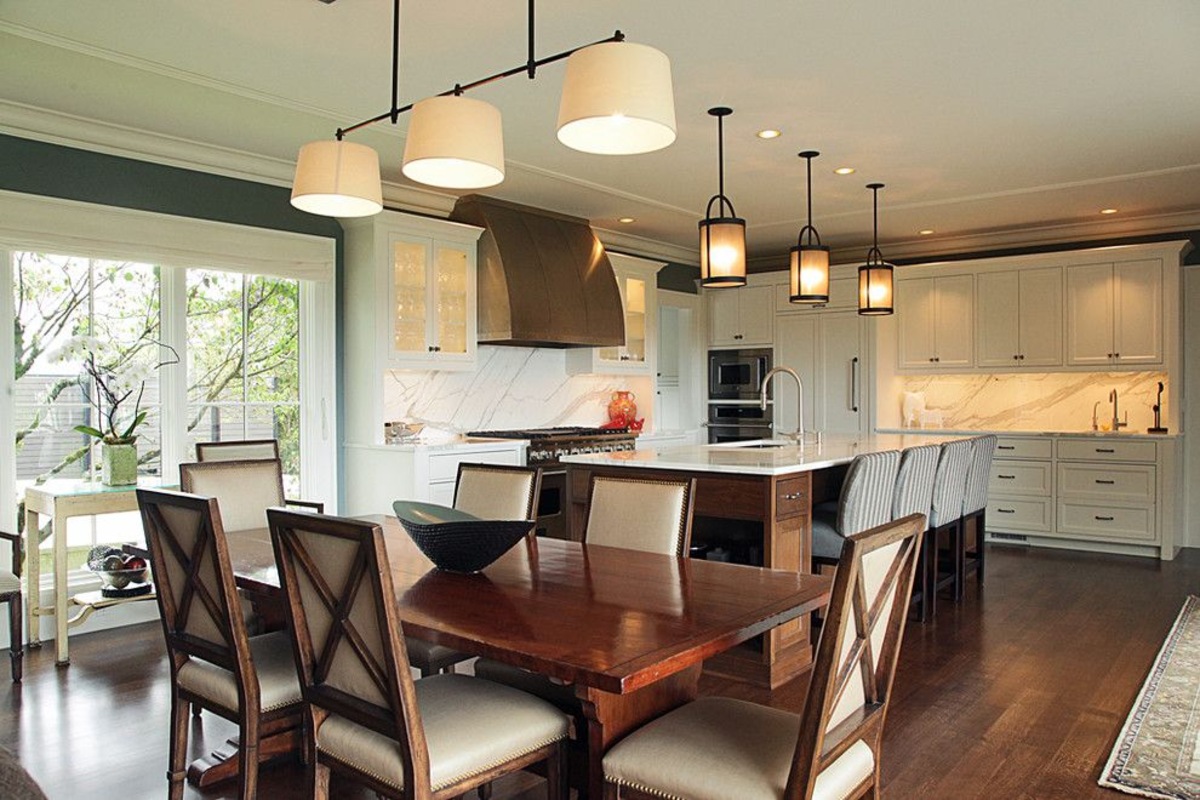

Interior Design
Do You Need A Light Over A Dining Table? Designers Offer Expert Advice
Modified: May 6, 2024
Discover expert advice for interior design and whether you need a light over a dining table. Get insights from top designers.
(Many of the links in this article redirect to a specific reviewed product. Your purchase of these products through affiliate links helps to generate commission for Storables.com, at no extra cost. Learn more)
Introduction
When it comes to interior design, lighting plays a crucial role in creating a beautifully curated space. And what better place to highlight this than the dining area, where family and friends gather to enjoy meals and create lasting memories? A well-designed dining area not only requires the right furniture and decor, but also careful consideration of lighting to set the mood and enhance the overall ambiance.
But do you really need a light over a dining table? The answer is a resounding yes! A well-placed light fixture not only provides illumination for the dining table, but also acts as a focal point and adds a touch of elegance to the space. Whether you’re entertaining guests or simply enjoying a family dinner, proper lighting can make all the difference.
In this article, we will explore the importance of lighting in a dining area and offer expert advice on choosing the right light fixture for your dining table. We will also provide tips on lighting placement, creating the perfect dining ambiance, and common lighting mistakes to avoid. So, let’s dive in and discover how lighting can transform your dining area into a captivating space.
Key Takeaways:
- Proper lighting in a dining area is essential for creating the right ambiance, highlighting the table, and enhancing visual appeal, making it a crucial element in interior design.
- When choosing a light fixture for your dining table, consider factors such as size, style, and scale to ensure a balanced and visually pleasing look. Experiment with different types of lights to achieve the desired effect.
Importance of Lighting in a Dining Area
Lighting is a fundamental element in interior design, and its significance in a dining area cannot be overstated. The right lighting can create a warm and inviting atmosphere, elevate the aesthetics of the space, and enhance the overall dining experience. Here are a few key reasons why lighting is essential in a dining area:
- Ambiance: The lighting in a dining area sets the mood and creates the desired ambiance. Whether you’re aiming for a cozy and intimate atmosphere or a bright and energetic space, the right lighting can help achieve the desired effect. Dimmed lights with warm tones can create a romantic ambiance, while brighter lights with cooler tones are perfect for lively gatherings.
- Highlighting the Dining Table: The dining table is the centerpiece of the dining area, and proper lighting not only illuminates the table, but also highlights its beauty and elegance. A well-placed light fixture can draw attention to the table, making it the focal point of the room.
- Functional Illumination: Adequate lighting is crucial for practical purposes during mealtime. It ensures that diners can see their food, read menus, and engage in conversation without straining their eyes. A dimly lit dining area can be uncomfortable and may hinder the overall dining experience.
- Enhancing Visual Appeal: Lighting can be used as a design element to enhance the visual appeal of the dining area. Strategically placed lights can accentuate architectural features, artwork, or decorative elements in the room. It adds depth, dimension, and visual interest to the space.
- Creating a Welcoming Space: The lighting in a dining area sets the tone for the entire room and creates a welcoming and inviting space for guests. When the lighting is well-designed and thoughtfully implemented, it makes guests feel comfortable and encourages them to linger, fostering a warm and enjoyable atmosphere.
Considering the importance of lighting in a dining area, it is clear that investing time and effort into selecting the right light fixture is crucial. By carefully considering factors such as style, size, and placement, you can ensure that the lighting in your dining area enhances the overall aesthetics and functionality of the space.
Factors to Consider When Choosing a Light for a Dining Table
Choosing the right light fixture for your dining table goes beyond simply selecting something that looks appealing. There are several factors that need to be taken into consideration to ensure that the lighting is both functional and aesthetically pleasing. Here are some key factors to consider when choosing a light for your dining table:
- Size and Scale: The size of the light fixture should be proportionate to the size of your dining table. A general rule of thumb is to choose a light fixture that is about one-third the width of the table. This helps to create a balanced look and ensures that the light adequately covers the entire table surface.
- Style: The style of the light fixture should complement the overall design theme of your dining area. Take into account the existing decor and furniture to choose a light fixture that seamlessly integrates with the overall aesthetic. Whether your dining area has a modern, minimalist, traditional, or eclectic style, there are numerous options available to suit your taste.
- Height and Hanging Length: The height at which the light fixture is hung plays a crucial role in both functionality and visual appeal. It should provide enough clearance above the table to avoid obstructing the view and impeding the flow of conversation. A general guideline is to hang the fixture between 30 to 36 inches above the tabletop.
- Lighting Direction: Consider how the light will be directed and spread throughout the dining area. If you want the light to be focused specifically on the table, choose a light fixture that directs the light downward. This will ensure that the table is well-illuminated while creating a cozy and intimate atmosphere.
- Lighting Intensity: The intensity of the light should be adjustable to cater to different occasions and moods. A dimmable light fixture allows you to control the brightness level, providing flexibility for both intimate dinners and festive gatherings.
- Material and Finish: Pay attention to the material and finish of the light fixture as it contributes to the overall aesthetics and durability. Choose a material that complements the style of the dining area and opt for finishes that are easy to clean and maintain.
By considering these factors, you can choose a light fixture that not only enhances the functionality of the dining area but also adds to its visual appeal. Take your time to explore different options and visualize how each light fixture will look and feel in your dining area before making a final decision. Remember, the right choice of lighting can truly transform your dining area into a stunning and captivating space.
Types of Lights Suitable for Dining Tables
When it comes to selecting the right light fixture for your dining table, there are several types of lights to choose from. Each type has its own unique characteristics and benefits, so it’s important to consider the specific needs and style of your dining area. Here are some popular types of lights suitable for dining tables:
- Pendant Lights: Pendant lights are a popular choice for dining tables as they provide direct task lighting and create a focal point in the room. They are suspended from the ceiling and come in various shapes, sizes, and styles. Pendant lights not only illuminate the dining table but also add a touch of elegance and visual interest to the space.
- Chandeliers: Chandeliers are timeless and sophisticated light fixtures that can elevate the overall ambiance of a dining area. They often feature multiple bulbs and intricate designs, making them a stunning centerpiece for large dining tables. Chandeliers provide both general and task lighting, creating a warm and inviting atmosphere.
- Track Lights: Track lights are versatile and practical for dining tables. They consist of a track mounted on the ceiling with adjustable fixtures that can be directed towards different areas of the table. Track lights are a great choice if you want flexibility in lighting placement and the ability to highlight specific areas or objects on the dining table.
- Wall Sconces: Wall sconces are mounted on the walls and provide a soft and intimate glow. They are a fantastic choice if you have limited ceiling height or want to add a touch of elegance to your dining area. Wall sconces can be installed on either side of a mirror or artwork to create a visually balanced and well-lit space.
- Recessed Lighting: Recessed lighting is a modern and minimalist option for dining tables. These lights are installed into the ceiling and provide a uniform distribution of light across the dining area. Recessed lighting is ideal if you prefer a clean and streamlined look without any visible light fixtures.
- Table Lamps: While not typically the main light source, table lamps can be a great addition to your dining area. Placed on a sideboard or console table, they provide additional ambient lighting and add a decorative touch to the space. Table lamps come in various styles, allowing you to choose a design that complements your overall dining area aesthetic.
Consider the size, height, and style of your dining area when choosing the type of light fixture for your table. Don’t be afraid to mix and match different types of lights to create a layered and visually dynamic effect. Remember, the goal is to find a light fixture that not only provides ample illumination but also enhances the overall ambiance and aesthetic appeal of your dining area.
Consider the size and shape of your dining table when choosing a light fixture. A general rule is to select a fixture that is about half the width of the table and hangs 30-36 inches above the surface.
Expert Advice on Lighting Placement
Proper lighting placement is essential to ensure that your dining area is well-illuminated and visually pleasing. To help you make informed decisions, we’ve gathered expert advice on lighting placement for your dining table:
- Centered over the Table: When it comes to pendant lights or chandeliers, it’s recommended to center the fixture directly above the dining table. This ensures that the light is evenly distributed and illuminates the entire table surface. The bottom of the light fixture should typically hang 30 to 36 inches above the tabletop to avoid obstructing views and allow for comfortable conversation.
- Consider the Size and Shape of the Table: The size and shape of your dining table should be taken into consideration when determining the number and arrangement of light fixtures. For rectangular or oval tables, multiple pendant lights or a linear chandelier can be used to create a balanced and cohesive look. Round tables often look best with a single centered pendant or chandelier.
- Avoid Shadows: To minimize shadows and create an even distribution of light, it’s important to place the light fixture at a height that provides ample clearance between the bottom of the fixture and the tabletop. This ensures that the light can reach the entire table surface without obstruction.
- Combine Ambient, Task, and Accent Lighting: To create a layered and versatile lighting scheme, consider incorporating different types of lighting. Ambient lighting provides overall illumination for the room, while task lighting focuses light directly on the dining table for practical purposes. Accent lighting can be used to highlight decorative elements or architectural features in the dining area.
- Dimmer Switches for Versatility: Installing dimmer switches for your dining area lights allows you to adjust the intensity of the lighting. This gives you the flexibility to create different moods and atmospheres depending on the occasion. Dimming the lights can bring a cozy and intimate feel during a romantic dinner, while brighter lighting is ideal when hosting a lively gathering.
- Consider the Overall Room Lighting: The lighting in your dining area should harmonize with the lighting in the surrounding space. Ensure that the overall room lighting complements the dining area lighting to create a seamless and cohesive look. Consistency in lighting style, color temperature, and intensity throughout the room helps to create a cohesive and visually appealing design.
Remember, these are general guidelines, and your specific dining area may have unique characteristics that need to be taken into account. It’s always a good idea to consult with a professional interior designer or lighting expert who can offer personalized advice based on your specific needs and vision. By carefully considering lighting placement, you can create a visually stunning and functional dining area that sets the perfect atmosphere for your meals and gatherings.
Tips for Creating the Perfect Dining Ambiance with Lighting
Creating the perfect dining ambiance with lighting is all about setting the right mood, enhancing the aesthetics, and ensuring a comfortable dining experience. Here are some expert tips to help you achieve the desired ambiance in your dining area:
- Layer the Lighting: Incorporate multiple layers of lighting to create depth and flexibility. Combine ambient lighting, such as overhead fixtures, with task lighting, such as pendant lights or track lights above the table. Additionally, consider adding accent lighting, like wall sconces or table lamps, to highlight architectural features or create a warm glow in specific areas.
- Use Dimmers: Install dimmer switches to have full control over the brightness and intensity of the lights. Dimmers allow you to adjust the lighting according to the occasion, creating a cozy and intimate atmosphere for romantic dinners or a brighter setting for lively gatherings.
- Choose Warm Color Temperatures: Opt for light bulbs with warm color temperatures, such as soft white or warm white, to create a welcoming and inviting ambiance. Warmer tones mimic the warmth of natural candlelight and create a cozy atmosphere that encourages relaxation and conversation.
- Select Lighting Fixtures That Complement the Decor: Choose lighting fixtures that harmonize with the overall design theme and decor of your dining area. Consider the style, material, and finish of the fixtures to ensure they blend seamlessly with the other elements in the space. Coordinating the lighting fixtures with the existing decor adds a cohesive and sophisticated touch to the dining area.
- Highlight Points of Interest: Use lighting to draw attention to specific areas or objects in the dining area that you want to showcase. This can include artwork, architectural details, or a beautiful centerpiece on the table. By strategically placing accent lights or adjusting the direction of the light, you can create focal points that enhance the visual appeal of the space.
- Consider Natural Lighting: If your dining area has windows or skylights, take advantage of natural lighting during the day. Position the dining table in a way that maximizes the natural light and enhances the overall brightness of the space. Natural light brings a refreshing and dynamic feel to the dining area and can complement the artificial lighting during evening gatherings.
- Experiment with Lighting Control: Explore smart lighting systems that allow you to control the ambiance of your dining area with ease. With smart lighting, you can create presets for different occasions, dim the lights with voice commands, or even change the color temperature to complement the mood or theme of your gatherings.
By incorporating these tips, you can create a dining ambiance that suits your style and preferences. Remember, the perfect dining ambiance is a combination of well-thought-out lighting design, proper placement, and a touch of creativity. Experiment with different lighting arrangements and take the time to adjust the lighting to achieve the desired atmosphere for each dining occasion.
Common Lighting Mistakes to Avoid
When it comes to lighting in a dining area, it’s important to avoid common mistakes that can hinder the overall aesthetic appeal and functionality of the space. Here are some common lighting mistakes to avoid:
- Inadequate Lighting: Insufficient lighting can make your dining area appear dull and uninviting. Avoid using a single light source that doesn’t provide adequate illumination for the entire table. Instead, opt for multiple light fixtures or layer different types of lighting to ensure that the space is well-lit and visually appealing.
- Incorrect Lighting Placement: Placing the light fixture too high or too low can create undesirable shadows or glares on the dining table. Make sure the bottom of the light fixture hangs at an appropriate height, allowing for clear visibility and an even distribution of light. Consider the size and shape of your table when determining the placement of the light fixture to ensure it covers the entire surface.
- Mismatched Lighting Fixtures and Decor: Avoid choosing lighting fixtures that clash with the overall decor and style of your dining area. A mismatched fixture can disrupt the visual harmony and throw off the entire design. Take into consideration the existing furniture, decor, and architectural elements to select lighting fixtures that complement the overall aesthetic.
- Using the Wrong Bulb: Different light bulbs have varying color temperatures and intensities, which can greatly impact the ambiance of your dining area. Using the wrong bulb can result in harsh or unflattering light. It’s important to choose bulbs with the appropriate color temperature and lumens for the desired atmosphere. Warm white or soft white bulbs are generally more suitable for creating a cozy and inviting dining ambiance.
- Overlooking Dimmers: Dimmer switches give you the ability to control the brightness of your dining area lighting, creating a customizable ambiance. Neglecting to install dimmer switches can limit your options and prevent you from adjusting the lighting to match different moods or occasions. Make sure to incorporate dimmers into your dining area lighting design for added flexibility.
- Disregarding Natural Light: Natural light can enhance the atmosphere of your dining area and provide a refreshing feel. Ignoring the potential of natural light by obstructing windows or not positioning the dining table to maximize its benefits is a common mistake. Embrace natural light and work with it to create a welcoming and well-lit dining space.
- Neglecting Lighting Control: With advancements in technology, lighting control systems offer convenience and customization. Failing to incorporate lighting control can limit your ability to create different moods and adjust the lighting according to the occasion. Explore smart lighting solutions that allow you to easily control and automate your dining area lighting.
By avoiding these common lighting mistakes, you can ensure that your dining area is properly illuminated, visually pleasing, and provides the desired ambiance for every occasion. Take the time to plan your lighting design carefully, considering the size and layout of the space, as well as the overall decor and functionality requirements. With the right lighting choices, you can transform your dining area into a stylish, inviting, and comfortable space for memorable meals and gatherings.
Conclusion
Lighting is a vital element in creating a captivating and functional dining area. It not only provides illumination but also sets the mood and enhances the overall ambiance of the space. By carefully considering factors such as lighting placement, fixture selection, and lighting control, you can create the perfect dining atmosphere for every occasion.
When choosing a light fixture for your dining table, consider the size, style, and scale to ensure a balanced and visually pleasing look. Pendant lights, chandeliers, track lights, wall sconces, recessed lighting, and table lamps are all suitable options for illuminating the dining area. Experiment with different types of lights to achieve the desired effect.
Proper lighting placement is crucial to avoid shadows and create an even distribution of light. This can be achieved by centering the light fixture over the table and considering the size and shape of the table. Dimmer switches allow you to control the lighting intensity and create a versatile ambiance, while warm color temperatures contribute to a welcoming and cozy atmosphere.
Avoid common lighting mistakes, such as inadequate lighting, mismatched fixtures and decor, incorrect placement, and neglecting natural light and lighting control. By paying attention to these details, you can ensure that your dining area is well-lit, visually appealing, and functional.
In conclusion, lighting plays a crucial role in creating the perfect dining ambiance. By incorporating the right combination of lighting fixtures, proper placement, and thoughtful lighting design, you can transform your dining area into a beautiful, inviting space that enhances your dining experience and creates lasting memories with family and friends.
Ready to enhance your home's atmosphere further? Dive into our guide on choosing light fixtures, perfect for setting any mood, whether festive or serene. Plus, don't miss our creative decor tips for transforming your living room with shades of blush and terracotta. Both articles are packed with practical advice to refine your space beautifully.
Frequently Asked Questions about Do You Need A Light Over A Dining Table? Designers Offer Expert Advice
Was this page helpful?
At Storables.com, we guarantee accurate and reliable information. Our content, validated by Expert Board Contributors, is crafted following stringent Editorial Policies. We're committed to providing you with well-researched, expert-backed insights for all your informational needs.
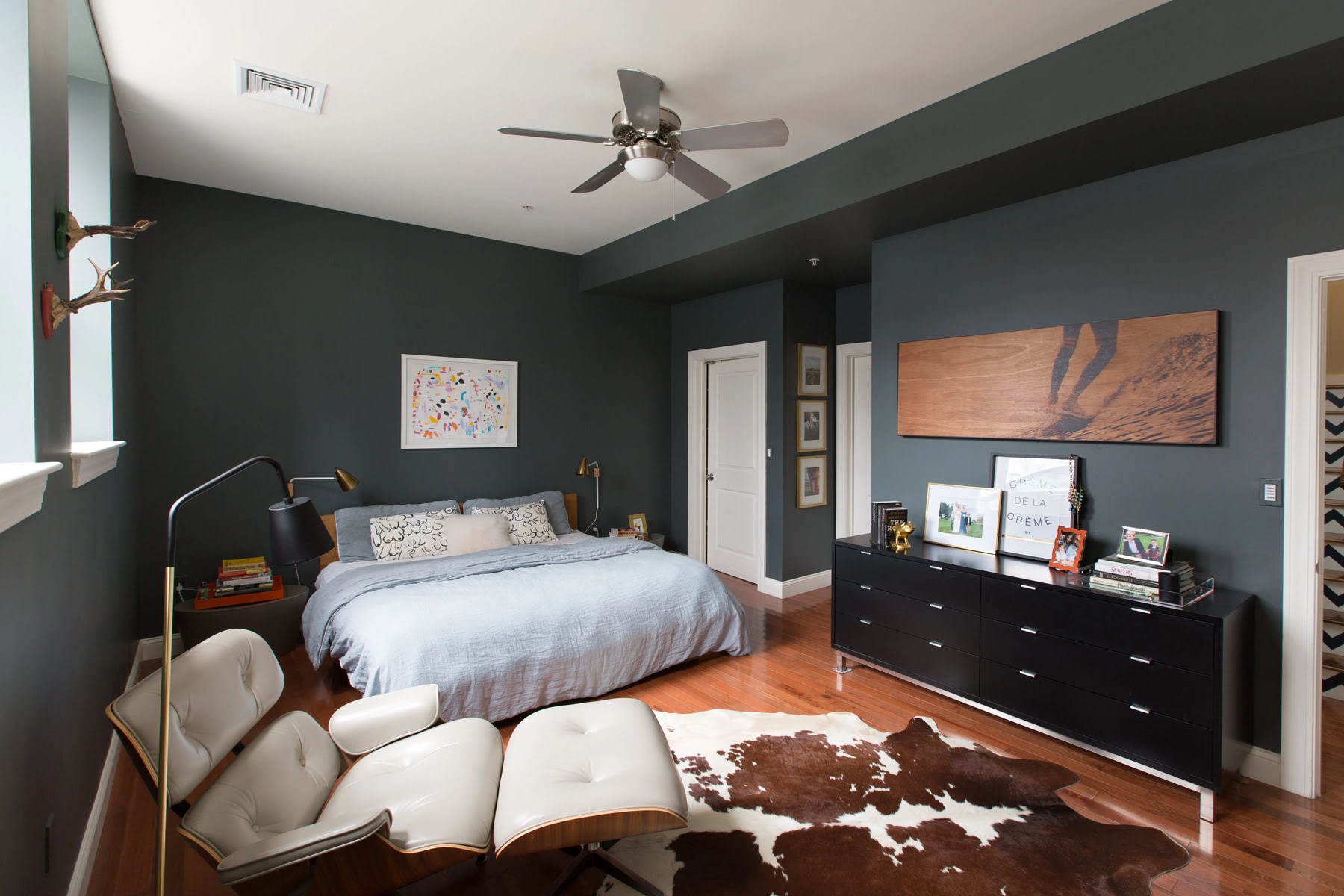
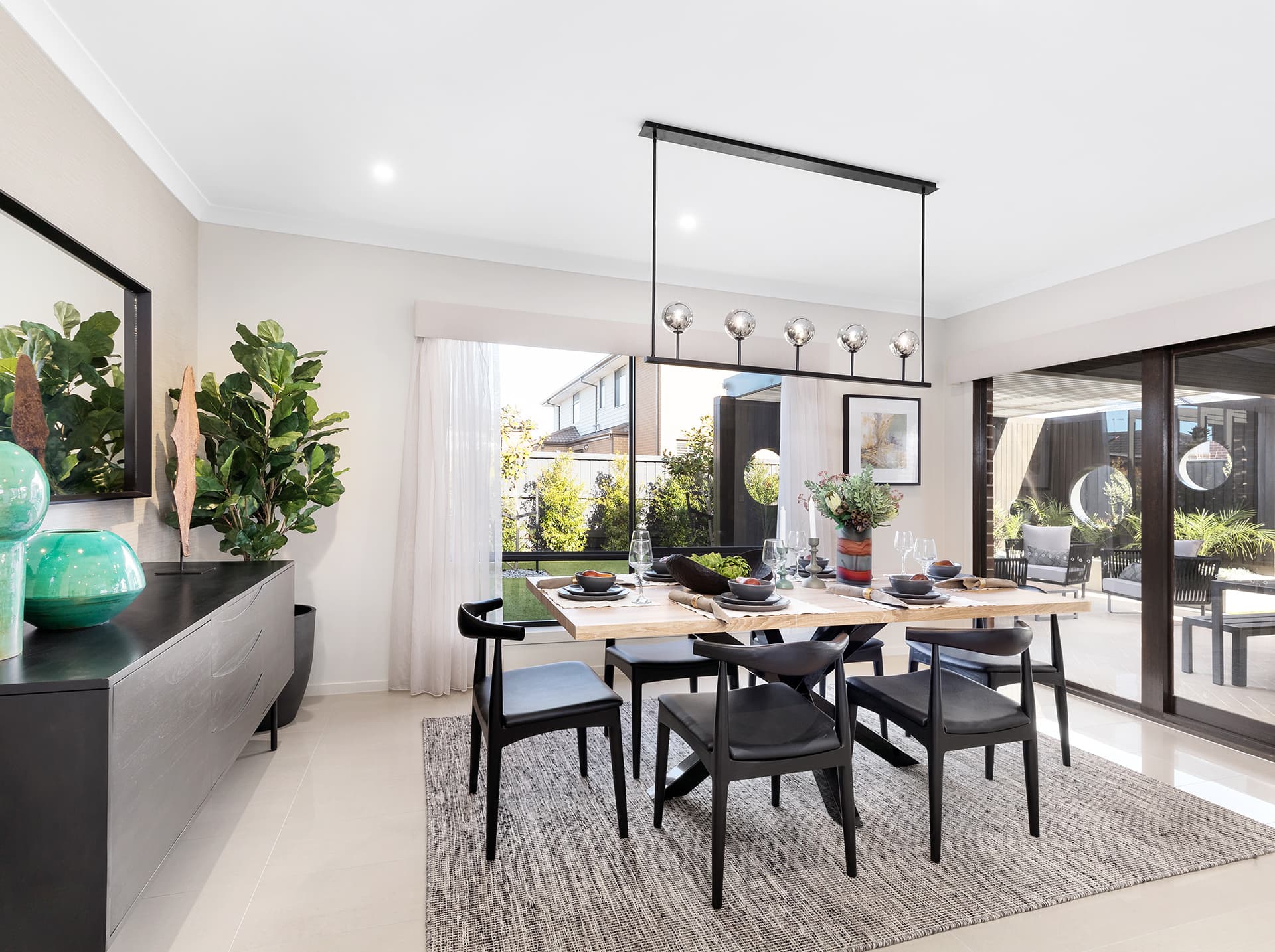
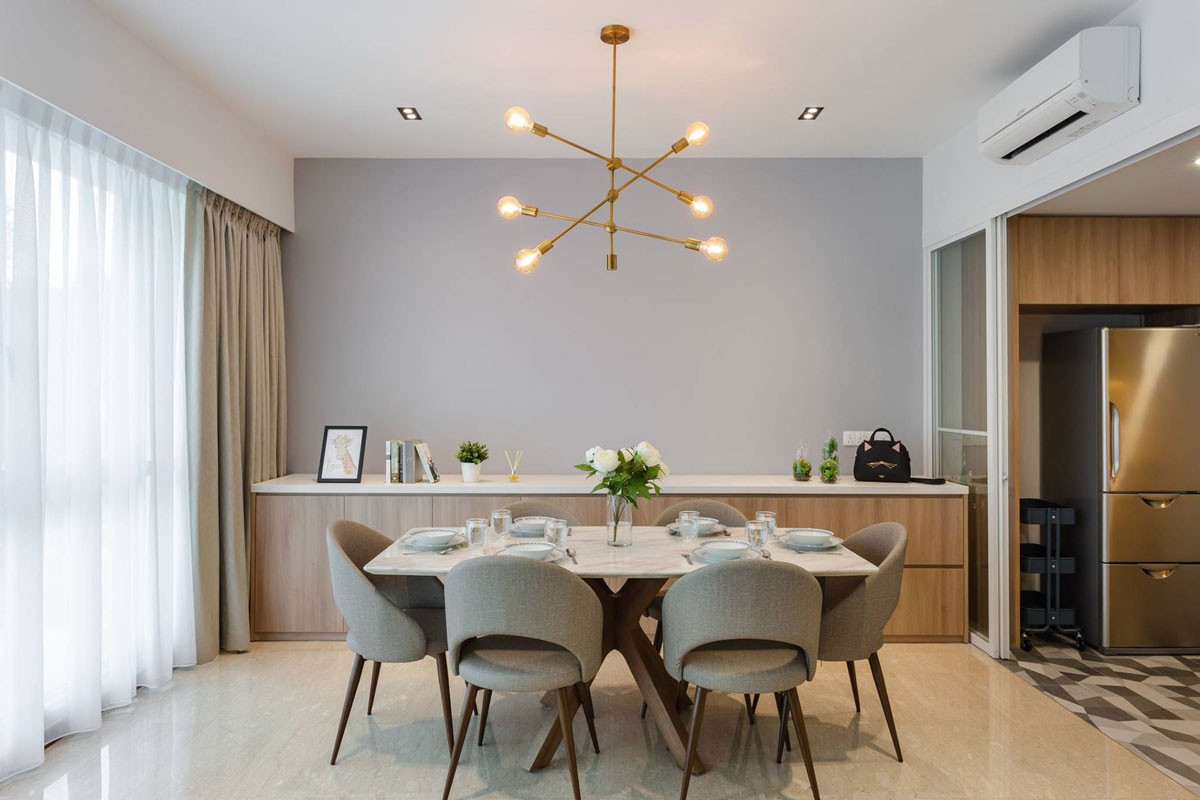
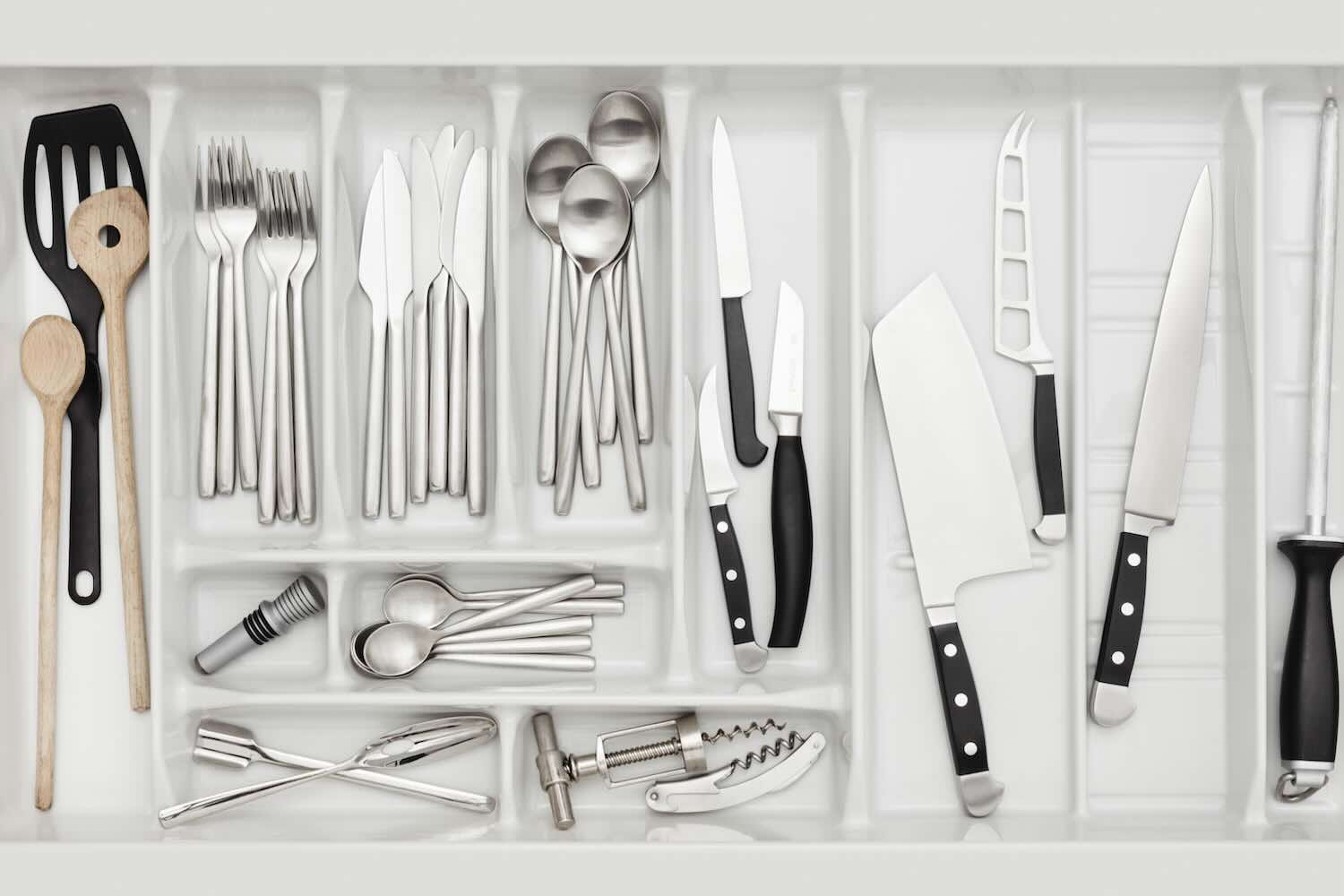
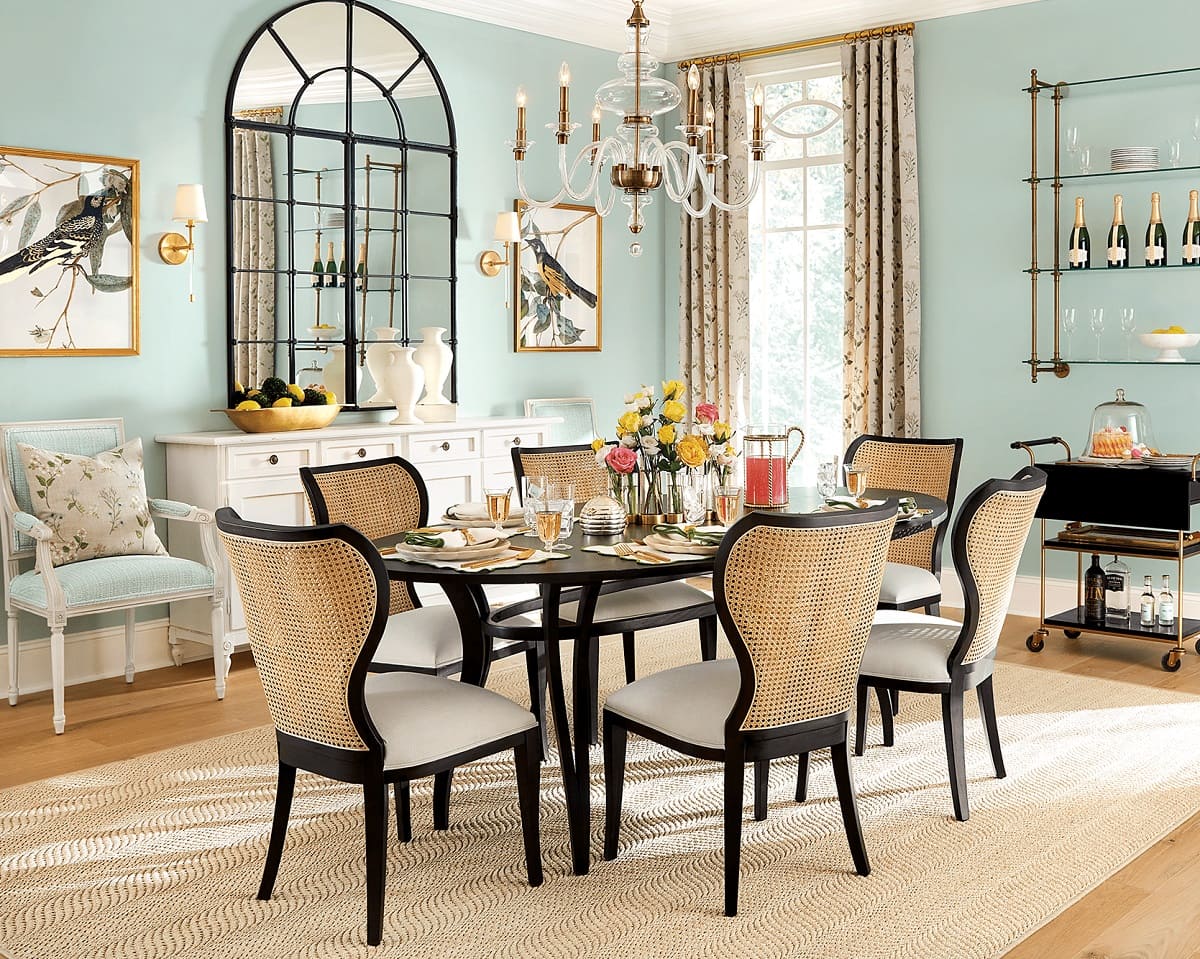
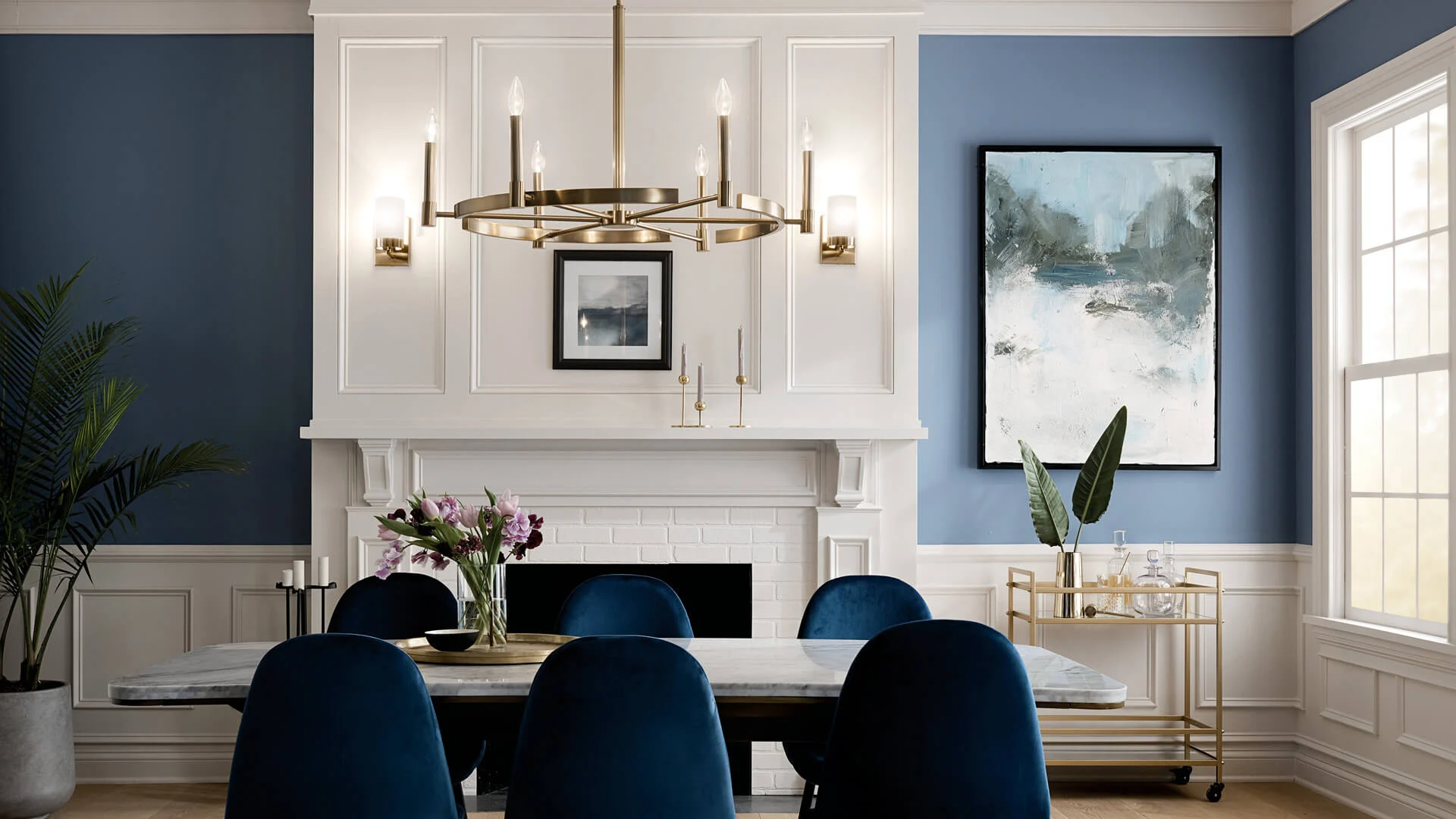
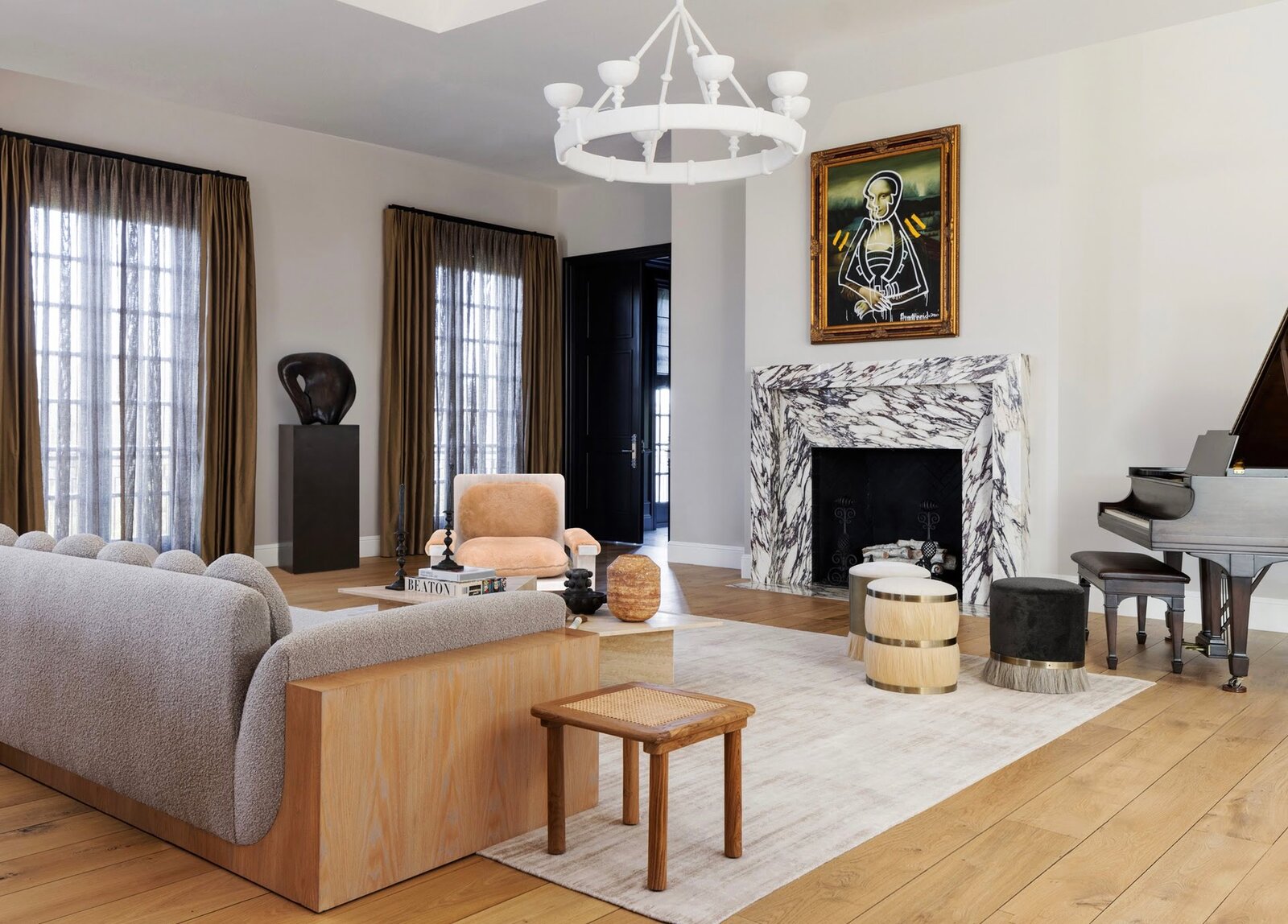
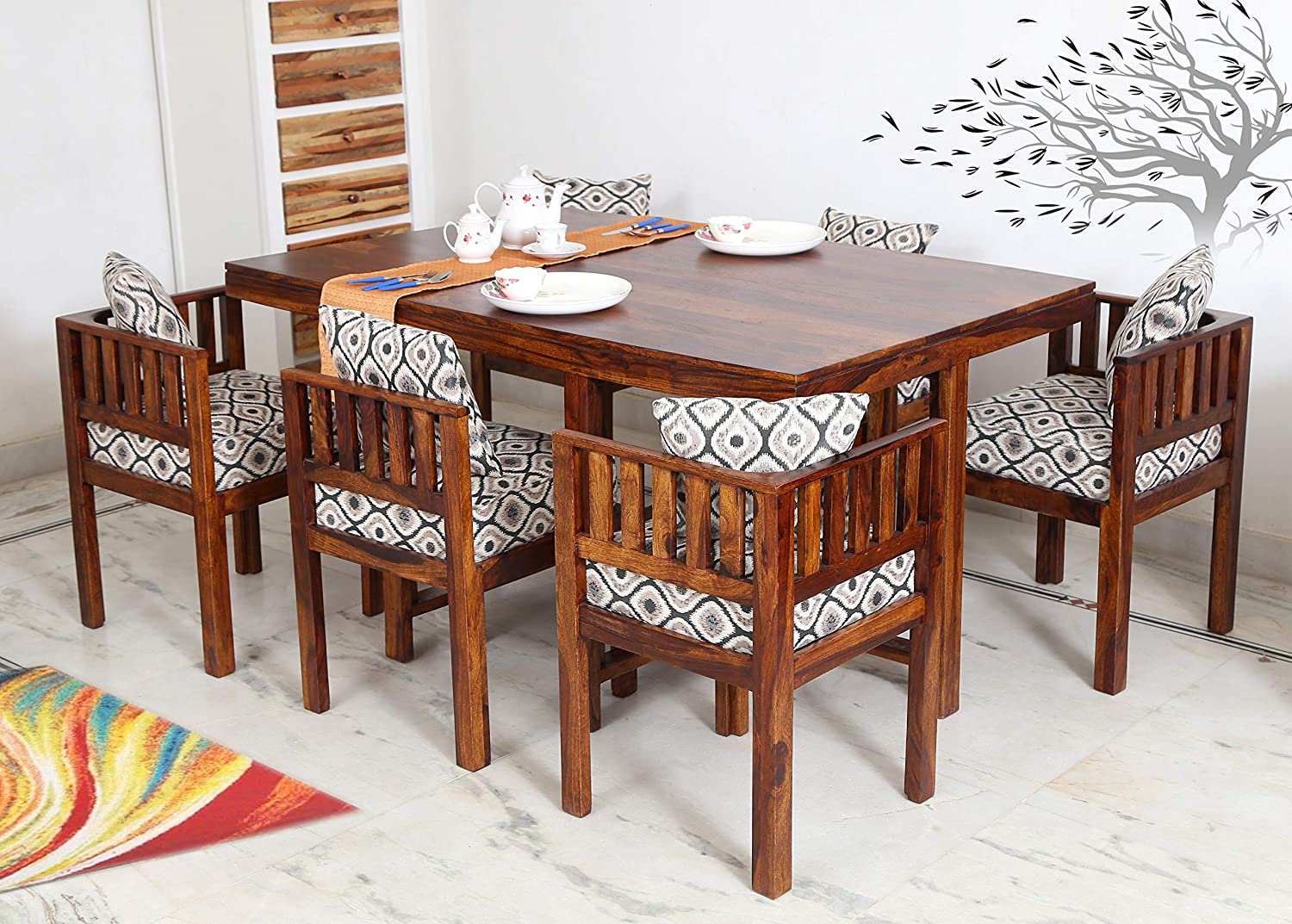
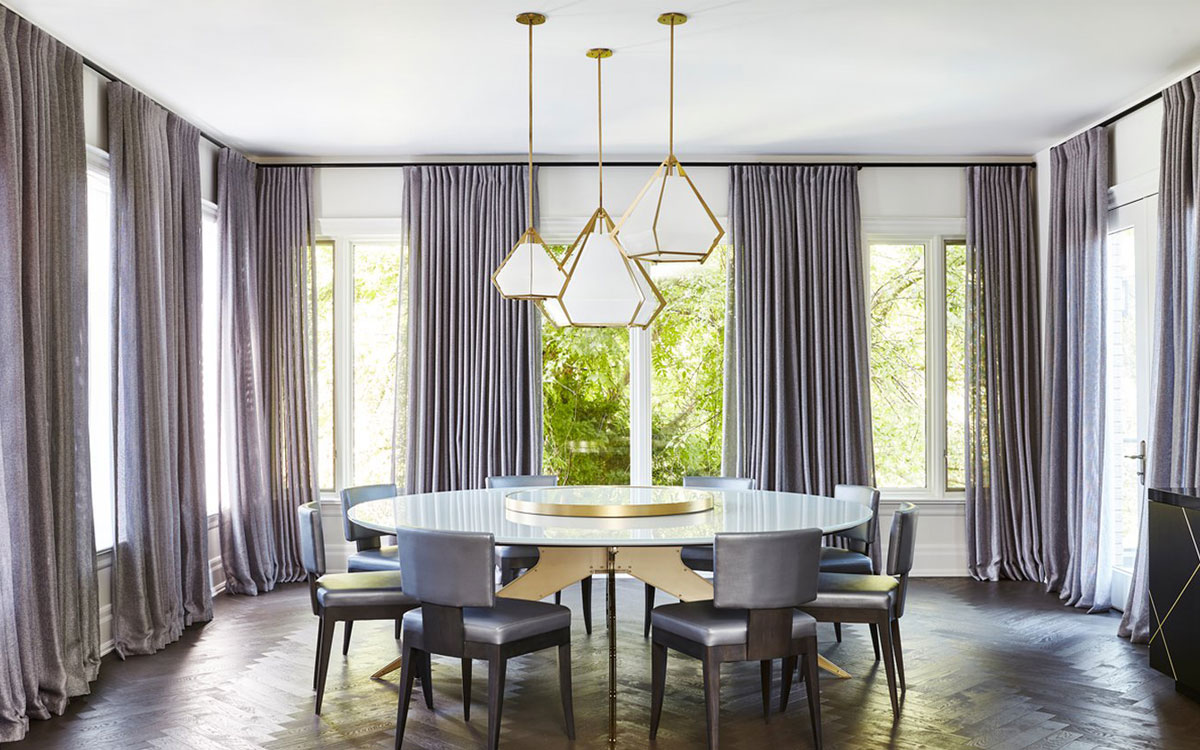
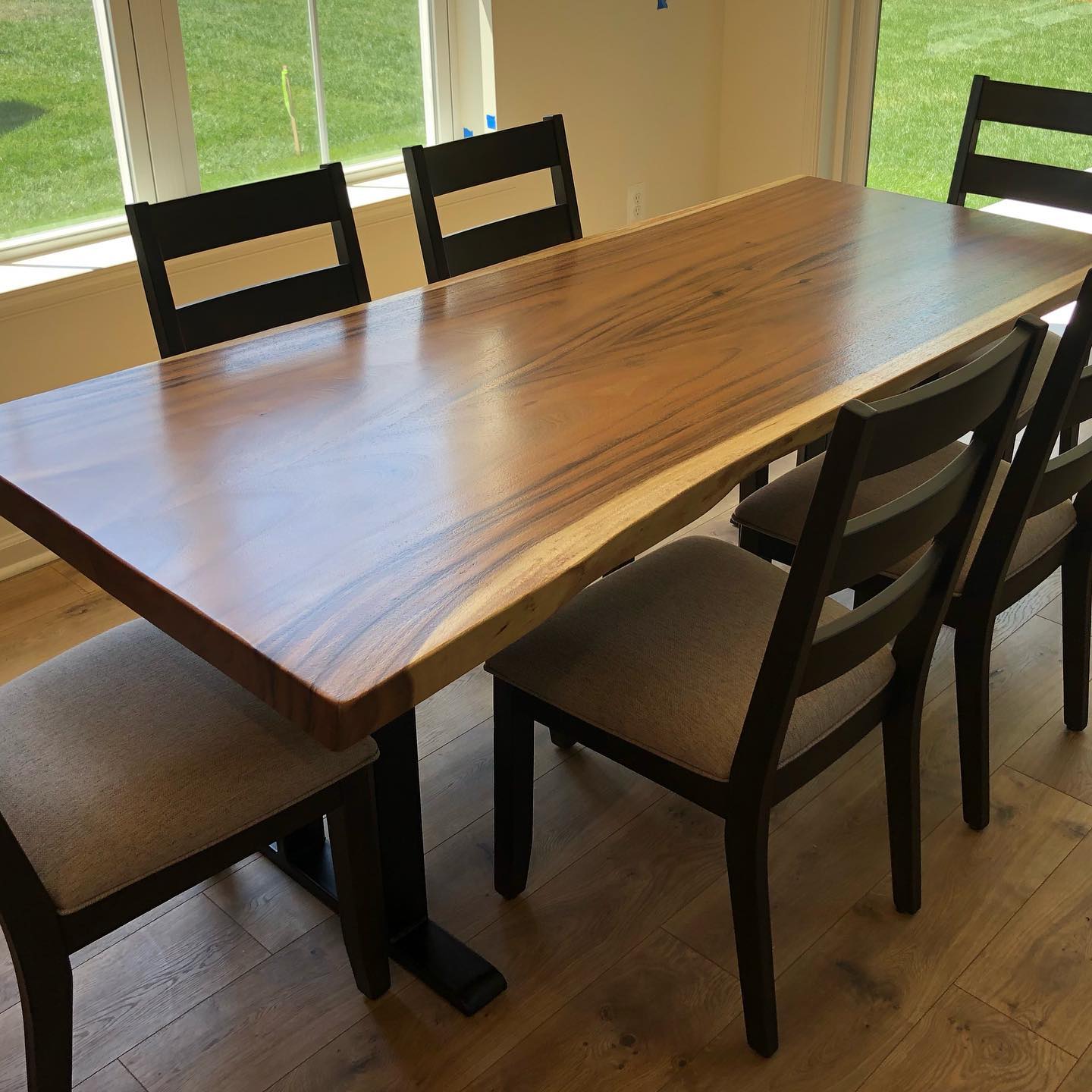
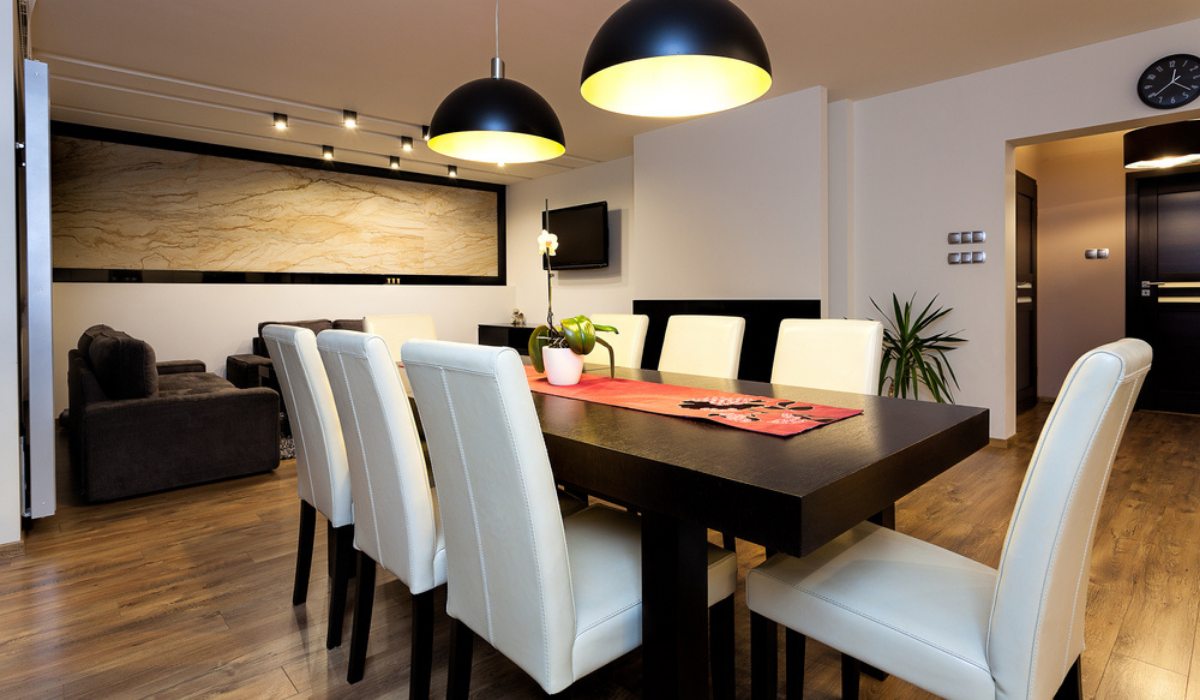
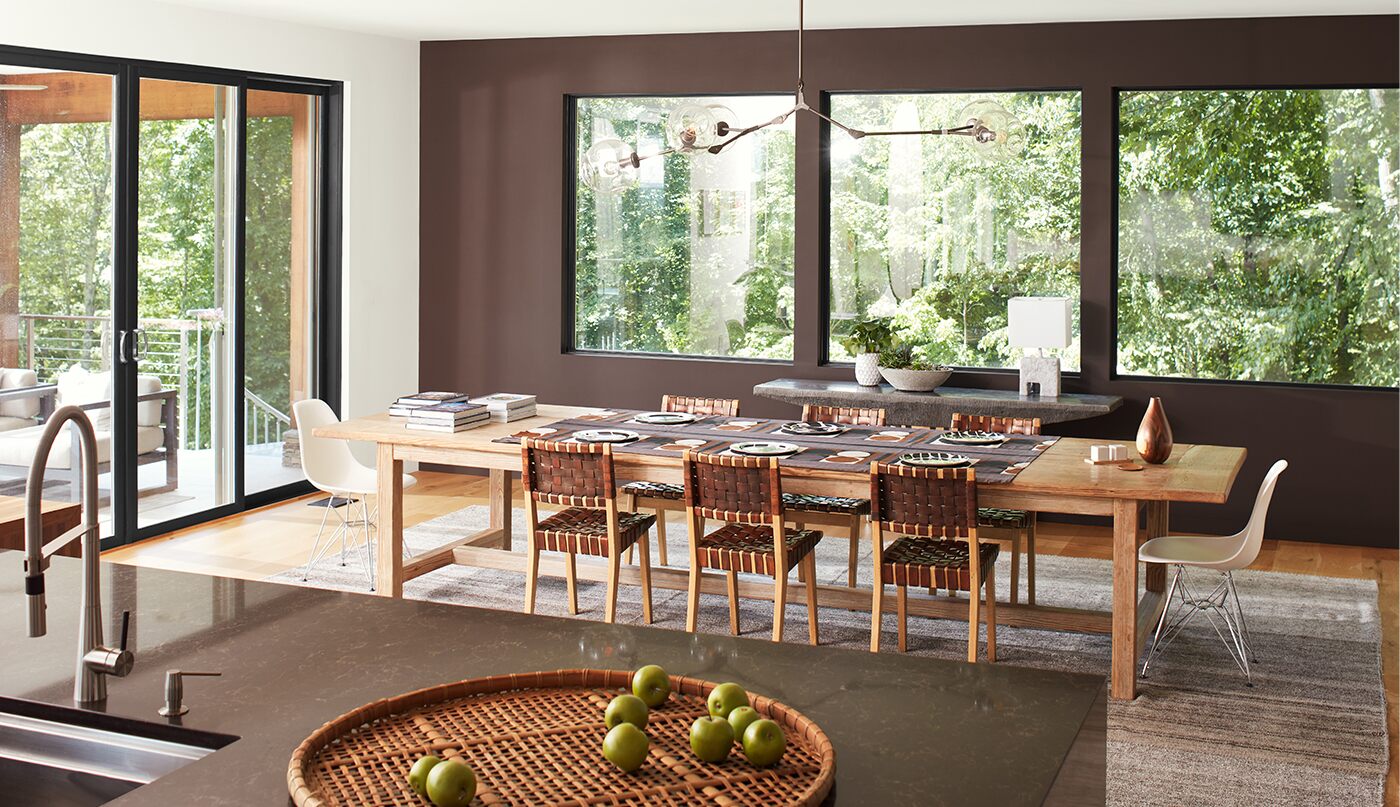
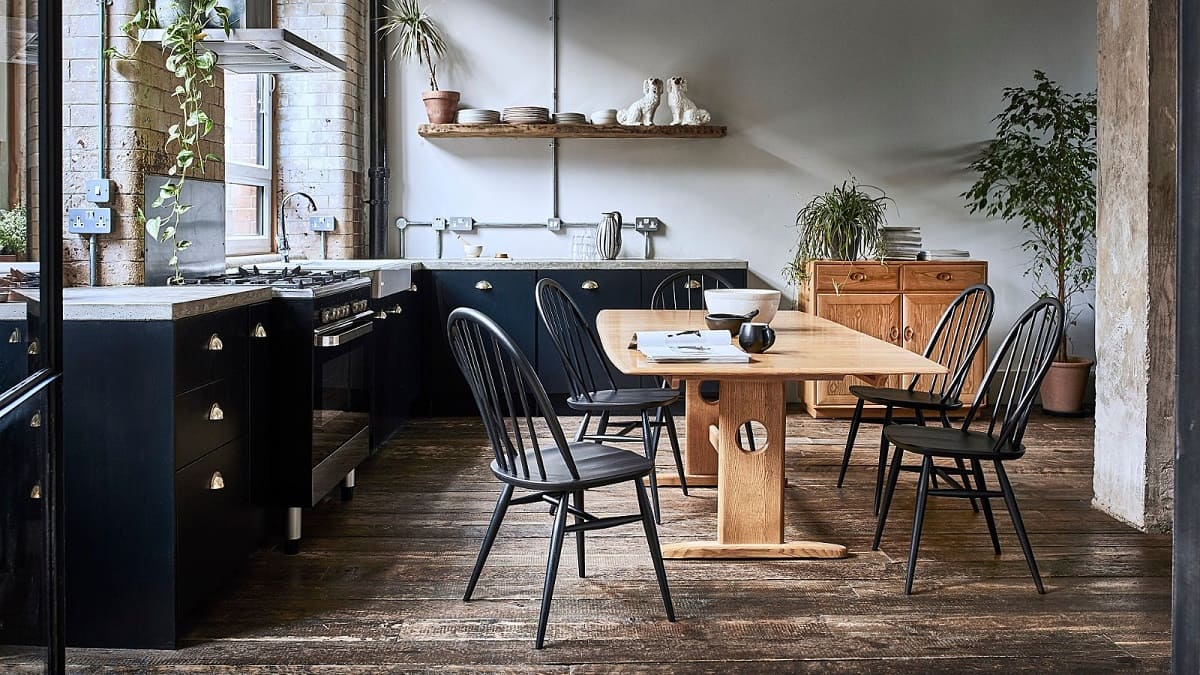
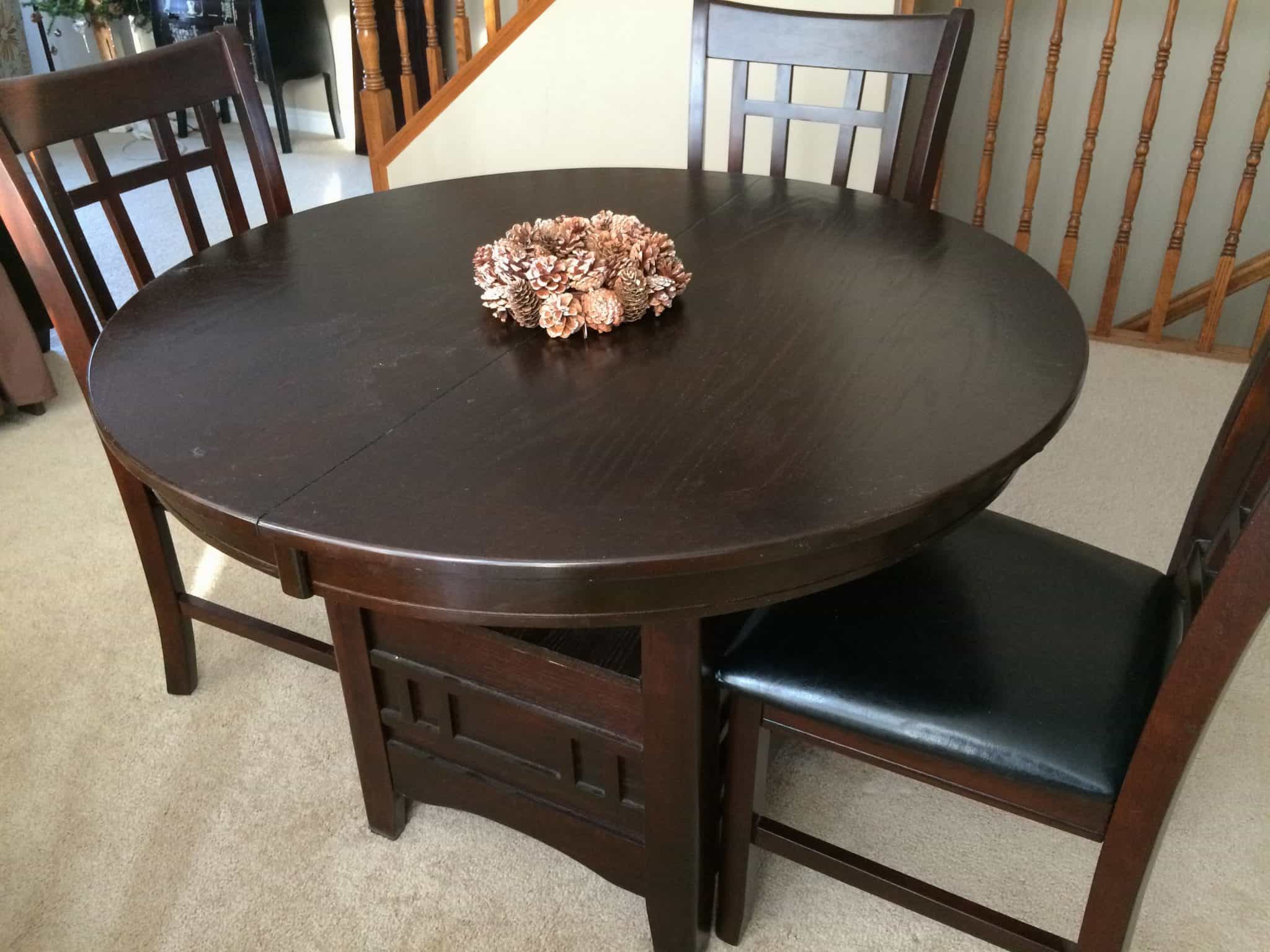

0 thoughts on “Do You Need A Light Over A Dining Table? Designers Offer Expert Advice”